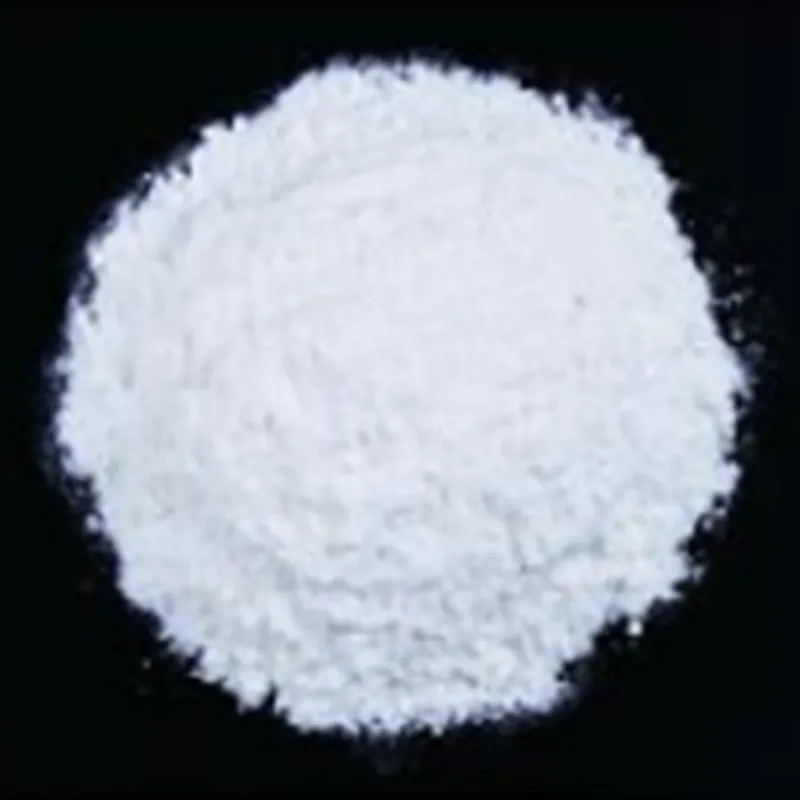
Exploring the Role of Polar Aprotic Solvents in SN2 Reaction Mechanisms
Polar Aprotic Solvents and Their Role in SN2 Reactions
The field of organic chemistry is replete with various reaction mechanisms, one of the most significant being the nucleophilic substitution reactions, commonly classified into SN1 and SN2 pathways. The latter, SN2 (Substitution Nucleophilic Bimolecular), is characterized by a concerted mechanism that involves a nucleophile attacking an electrophile in a single step, ultimately resulting in the displacement of a leaving group. Central to the efficiency of SN2 reactions is the choice of solvent, particularly the use of polar aprotic solvents.
What are Polar Aprotic Solvents?
Polar aprotic solvents are defined by their ability to dissolve ionic compounds and polar solutes while lacking hydrogen atoms that are capable of forming hydrogen bonds. This unique property arises because, in these solvents, the dipole moment is high due to polar bonds, yet they do not have acidic protons. Common examples of polar aprotic solvents include dimethyl sulfoxide (DMSO), acetone, acetonitrile, and dimethylformamide (DMF).
The Influence of Polar Aprotic Solvents in SN2 Reactions
In an SN2 reaction, the nucleophile and the electrophile must effectively interact for the substitution to occur. Polar aprotic solvents have been found to be exceptionally beneficial in enhancing the reactivity of nucleophiles. This enhancement occurs primarily due to two factors solvation effects and the stabilization of the leaving group.
1. Nucleophile Solvation In polar aprotic solvents, the solvents stabilize the cation portion of the ions but do not solvate the nucleophile quite as strongly as protic solvents. In protic solvents, such as water or alcohols, nucleophiles are heavily solvated by hydrogen bonding, which can hinder their reactivity. In contrast, the weaker interaction of polar aprotic solvents allows nucleophiles to remain more reactive, as they are less ‘bound’ to the solvent molecules and can more readily attack the electrophile.
polar aprotic solvents sn2

2. Stabilization of Leaving Groups Polar aprotic solvents also stabilize the leaving group during the transition state of the SN2 reaction. The solvent can interact with the leaving group through dipole-dipole interactions, further facilitating the reaction. The stabilization shifts the reaction equilibrium toward product formation, promoting the overall velocity of the nucleophilic attack.
Examples and Applications
Consider the reaction involving the nucleophile iodide (I⁻) attacking an alkyl halide, like bromoethane (C₂H₅Br). Conducting this SN2 reaction in a polar aprotic solvent such as DMSO significantly enhances the rate of reaction compared to a protic solvent. The iodide ion remains more available for attack, and the transition state is favorably stabilized, leading to a higher reaction rate.
Moreover, polar aprotic solvents are utilized in various synthetic applications. For instance, they are integral in nucleophilic substitution reactions in pharmaceutical chemistry and materials science, where the precise control of reaction conditions can lead to the successful synthesis of complex molecules.
Conclusion
In summary, the choice of solvent is critical in determining the outcome of SN2 reactions. Polar aprotic solvents play an essential role by preparing nucleophiles for effective attack while stabilizing the reactants and transition states. Understanding the behavior and application of these solvents not only enhances our knowledge of reaction mechanisms in organic chemistry but also aids in designing more efficient synthetic pathways for various chemical compounds. As research and applications continue to evolve, the strategic use of polar aprotic solvents remains a fundamental aspect of advancing chemical synthesis methodologies.
-
Understanding Synthetic Rubber OptionsNewsApr.27,2025
-
Trichloroisocyanuric Acid: Essential for Clean and Safe WaterNewsApr.27,2025
-
Sodium Dichloroisocyanurate: Key to Safe Water TreatmentNewsApr.27,2025
-
Sodium Acid Pyrophosphate: Essential in Modern Food ProcessingNewsApr.27,2025
-
Essential Water Treatment ChemicalsNewsApr.27,2025
-
Denatured Alcohol and Its Industrial UsesNewsApr.27,2025
-
The Versatile Uses of Sodium BicarbonateNewsApr.24,2025
Hebei Tenger Chemical Technology Co., Ltd. focuses on the chemical industry and is committed to the export service of chemical raw materials.
-

view more DiethanolisopropanolamineIn the ever-growing field of chemical solutions, diethanolisopropanolamine (DEIPA) stands out as a versatile and important compound. Due to its unique chemical structure and properties, DEIPA is of interest to various industries including construction, personal care, and agriculture. -

view more TriisopropanolamineTriisopropanolamine (TIPA) alkanol amine substance, is a kind of alcohol amine compound with amino and alcohol hydroxyl, and because of its molecules contains both amino and hydroxyl. -

view more Tetramethyl Thiuram DisulfideTetramethyl thiuram disulfide, also known as TMTD, is a white to light-yellow powder with a distinct sulfur-like odor. It is soluble in organic solvents such as benzene, acetone, and ethyl acetate, making it highly versatile for use in different formulations. TMTD is known for its excellent vulcanization acceleration properties, which makes it a key ingredient in the production of rubber products. Additionally, it acts as an effective fungicide and bactericide, making it valuable in agricultural applications. Its high purity and stability ensure consistent performance, making it a preferred choice for manufacturers across various industries.











